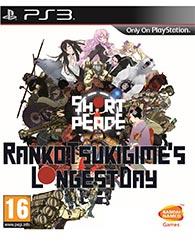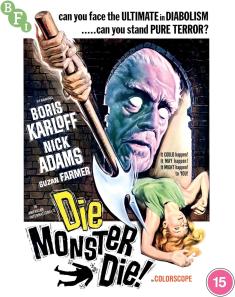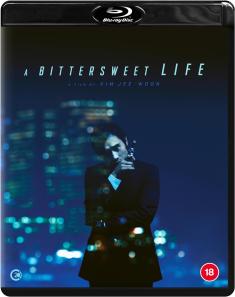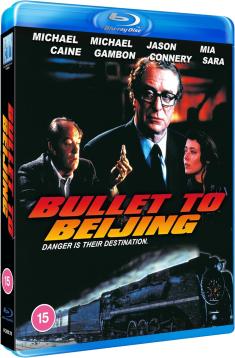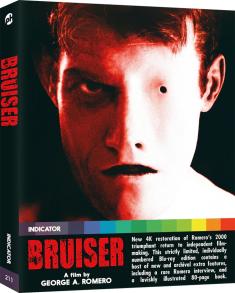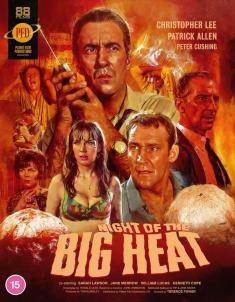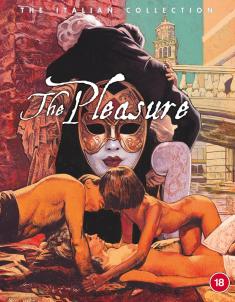Short Peace: Ranko Tsukigime's Longest Day
Overview -
'Short Peace' is an interesting compilation of five pieces of work that are meant to embody different periods of Japan. Of them, four are short animations. 'Possessions' is a story about a traveler that goes to rest within an abandoned shrine during a storm, and has some strange encounters within. 'Combustible' feels like the typical tale of love in pre-modern Japan, with a good deal of fire and beautifully rendered in an art style similar to old wall scrolls. 'Gambo' conveys the tale of a white bear that can understand human speech coming to the aid of a little girl, whole village is under attack. Finally, 'A Farewell to Weapons' is a tale set in the far-flung future, where a post-apocalyptic Japan is haunted by deadly machines and bioweaponry.
But what of the fifth piece of this short, but intriguing compilation? 'Short Peace: Ranko Tsukigime's Longest Day' is a video game created by Crispy Inc. and Suda 51 to represent Japan in the modern day. Starring the average high school girl, who also happens to be an assassin setting out to kill her father, this piece of 'Short Peace' promises to provide a unique experience.
Video Review

As a part of a compilation of animations representing Japan, 'Ranko Tsukigime's Longest Day' does not disappoint in the graphics department. While running through the stages themselves, the backgrounds are serviceable and Ranko herself sticks out well enough, but where the game's visuals stand out are when enemies are defeated. When hit, they explode in display of bright Japanese symbols, filling the screen with swathes of color and grandeur. It's to the point that sometimes it can even be difficult to see additional enemies ahead in the levels, leading to seemingly cheap hits… but at the same time, I feel as though this effect is intentional, to help drive the game's view of modern Japan as a land full of constant distractions.
In between the levels, players will be treated to various cutscenes. The interesting thing about 'Ranko Tsukigime's Longest Day's' cutscenes, however, is that most of them are rendered in completely different art styles from one another. The beginning of the game is cast in a clear and clean looking style, but other scenes of the game pull from horror-themed anime, manga, etc. and even go so far as to have a couple scenes drawn in a completely obscure (bordering on absurd) style. It feels in line thematically with trying to show what modern Japan is about. With clashing art styles and a penchant for ridiculousness, the game makes a fine parallel to Japan's current melting pot of a culture, full of clashing views and variants to always turn one's attention to.
Audio Review
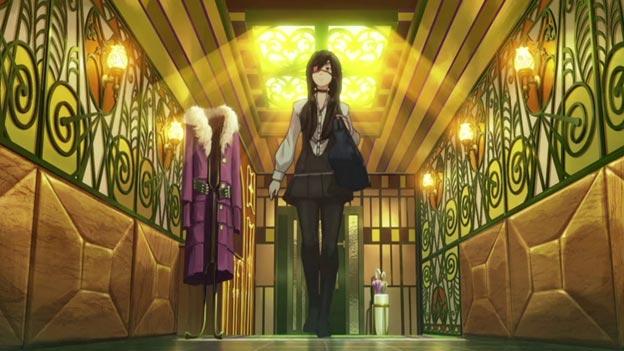
On the sound front, 'Ranko Tsukigime's Longest Day' isn't nearly as impressive. The game's voice tracks are Japanese only, and are serviceable, though none of the voice actors really stand out. The game's soundtrack is typically drowned out by the multiple sound effects from slashing and shooting enemies, with only the stage clear song being notable for being… well, weird. Nothing in terms of audio really stands out, that's likely because the art direction is so explosive and in-your-face that it simply pales in comparison.
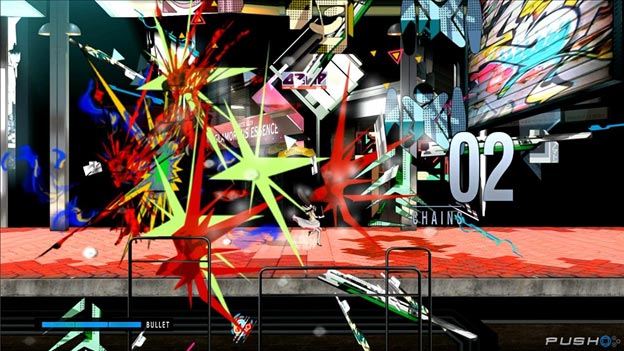
Final Thoughts
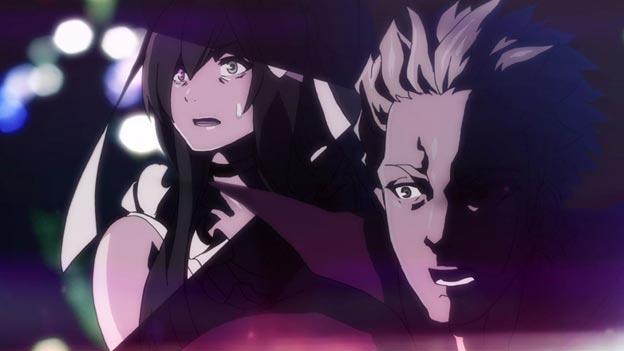
On its own, 'Ranko Tsukigime's Longest Day' isn't really a noteworthy game. It's pretty enough, and has an intriguing art direction, but it's woefully short and its lack of replay value makes the title less than an ideal purchase.
However, if taken as part of what makes 'Short Peace' whole, the game takes on a whole new light. All of the works of 'Short Peace' are meant to represent certain aspects and time periods of Japan, and in that aspect 'Ranko Tsukigime's Longest Day' is an overwrought, yet fascinating look at what the country is like in the modern day.
